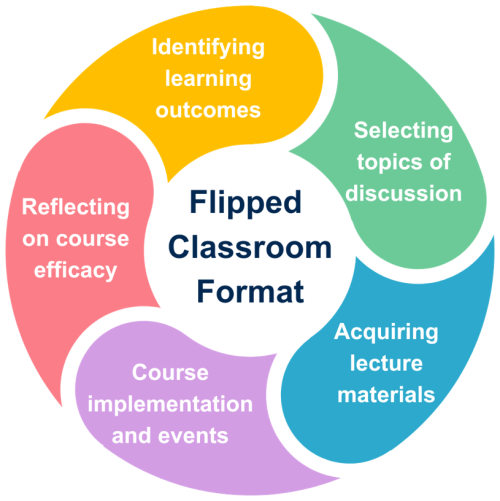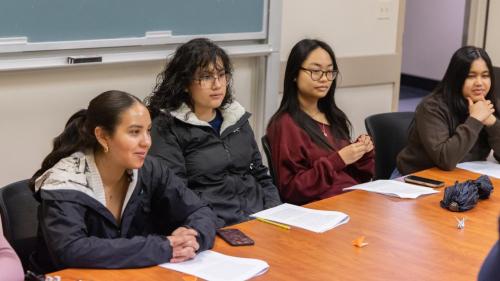Motivation

Being the unfamiliar face in an occupation can be scary. The familiar face may not care about your needs in a social context and may even not tell you about the expectation for work. However, oftentimes nobody is at fault in this situation: when someone stays in a homogenous environment, they may not even recognize the presence of unfamiliar faces. Women in engineering often face the abovementioned challenges, and their engineering identity is often impacted if they experience unfair situations in a setting related to engineering work.
We designed a first-year seminar (FYS), now at the 4th iteration, to cultivate engineering identity among our women engineers while promoting the sense of belonging. This FYS serves as a dialogue platform and a community for women engineers and allies to come together, talk about the challenges, and search for potential solutions. We have recently partnered with Aggie Connections to enrich the experience of the FYS, so that you'll get trained in 3D printing at the ESDC and weekly tutoring from a team of us.
Current Status
This project is active and funded by First Year Seminar/Aggie Connection.
For students: we teach this FYS (1 unit, P/F) every quarter. Please check First-Year Seminars - Current First-Year Seminars for scheduling and enroll in Schedule Builder. We welcome all students in this FYS!

Would Like to Work on This?
There are two paths for you to work on this project. Path I is to be the peer mentor that actively participates in the seminar; Path II is to perform data collection and analysis for the seminar. Of course, you can do both! The advantage of doing Path I is that you will be paid for your efforts and have your name included in manuscript submissions coming out of this project; however, Path II research assistants tend to have their name in front of Path I folks.
Path I: We may ask you to come to all class sections with us. This is a one-hour time commitment per week, and you should be ready to facilitate discussions in class and called on by the instructor of the class (could be me or my graduate student). We will also ask you to come to tutoring, which is a two-hour time commitment per week. We request you to have a good GPA in your first-year courses so that you could be comfortable tutoring the students.
Path II: For assessment, we perform both quantitative and qualitative methods for assessment.
- If you'd like to work on the qualitative side, we will train you in a software called NVIVO for thematic analysis. You will need to interview the FYS participants, patiently transcribe the interview transcripts (with help from Otter.ai), and prepare to sit down for a while to sift through the core themes mentioned by participants.
- If you will be working on the quantitative side, we request you to be familiar with the setups of t-tests, Wilcoxon signed-rank tests, and linear regression basics. You should know how to perform basic statistics in Python. Knowledge in survey design, advanced regression methods (such as multi-stage), or factor analysis methods is a huge plus.
The barrier of entry for this project can be similar to the lunches, but this project runs in tighter timelines (therefore, you must learn fast and execute what you learned quickly).
Peer-Reviewed Publications
- A. A. Tamura, T. M. Chan, and X. Wang, "Work in Progress: Fostering the Development of Engineering Identity in First-Year Women Engineering Students Through First-Year Seminars," 15th Annual First-Year Engineering Experience Conference (FYEE) Proceedings, 2024, doi: 10.18260/1-2--48644.
